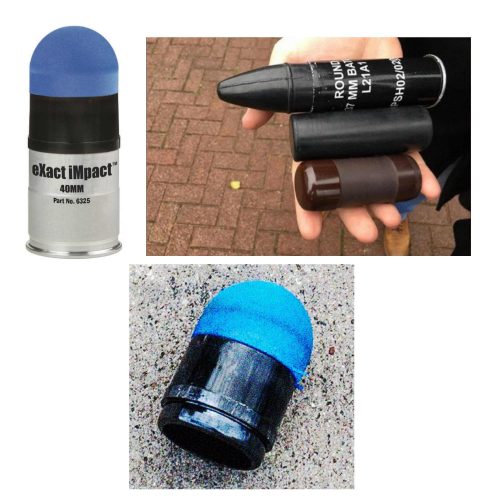Several papers have been published over the years regarding underdiagnosis when applying the usual imaging guidelines to elderly trauma patients. Unfortunately, our elders are more fragile than the younger patients those guidelines were based on, leading to injury from lesser mechanisms. They also do not experience pain the same way and may sustain serious injuries that produce no discomfort on physical exam. Yet many trauma professionals continue to apply standard imaging guidelines that may not apply to older patients.
EAST sponsored a multicenter trial on the use of CT scans to minimize missed injuries. Eighteen Level I and Level II trauma centers prospectively enrolled elderly (age 65+) trauma patients in the study over one year. Besides the usual demographic information, data on physical exams, imaging studies, and injuries identified were also collected. The study sought to determine the incidence of delayed injury diagnosis, defined as any identified injury that was not initially imaged with a CT scan.
Here are the factoids:
- Over 5,000 patients were enrolled, with a median age of 79
- Falls were common, with 65% of patients presenting after one
- Nearly 80% of patients actually sustained an injury (!)
- Head and cervical spine were imaged in about 90% of patients, making them the most common initial studies
- The most commonly missed injuries involved BCVI (blunt carotid and vertebral injury) or thoracic/lumbar spine fractures
- 38% of BCVI injuries and 60% of T/L spine fractures were not identified during initial imaging
- Patients who were transferred in, did not speak English, or suffered from dementia were significantly more likely to experience delayed diagnosis
The authors concluded that about one in ten elderly blunt trauma patients sustained injuries in body regions not imaged initially. They recommended the use of imaging guidelines to minimize this risk.
Bottom line: Finally! It has taken this long to perform a study that promotes standardizing how we perform initial patient imaging after blunt trauma. Granted, this study only applies to older patients, but the concept can also be used for younger ones. The elderly version must mandate certain studies, such as head and the entire spine. Physical exams can still be incorporated in the guidelines for younger patients but not the elderly.
The overall incidence of BCVI was low, only 0.7%. But its presence was missed in 38% of patients, setting them up for a potential stroke. Some way to incorporate CT angiography of the neck will need to be developed. The risk / benefit ratio of the contrast load vs. stroke risk will also have to be determined.
Here are my questions and comments for the presenter/authors:
- Did you capture all of the geriatric patients presenting to the study hospitals? By my calculation, 5468 patients divided by 18 trauma centers divided by 14 months of study equals 22 patients enrolled per center per month. Hmm, my center sees more than that number of elderly injured patients in the ED per day! Why are there so few patients in your study? Were there some selection criteria not mentioned in the abstract?
- Why should we believe these study numbers if you only included a subset of the total patients that were imaged?
My own reading of the literature leads me to believe that your conclusions are correct. I believe that all centers should develop or revise their elderly imaging guidelines to include certain mandatory scans regardless of how benign the physical exam appears. Our elders don’t manifest symptoms as reliably as the young. But the audience needs a little more information to help them understand some of the study numbers.
Reference: SCANNING THE AGED TO MINIMIZE MISSED INJURY, AN EAST MULTICENTER TRIAL. EAST 2023 podium abstract #12.



